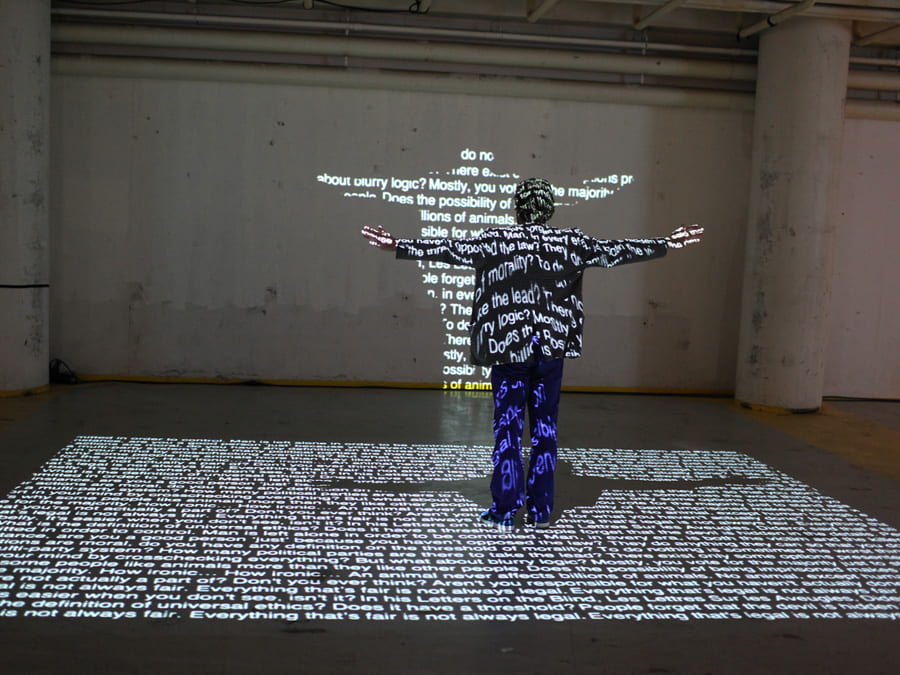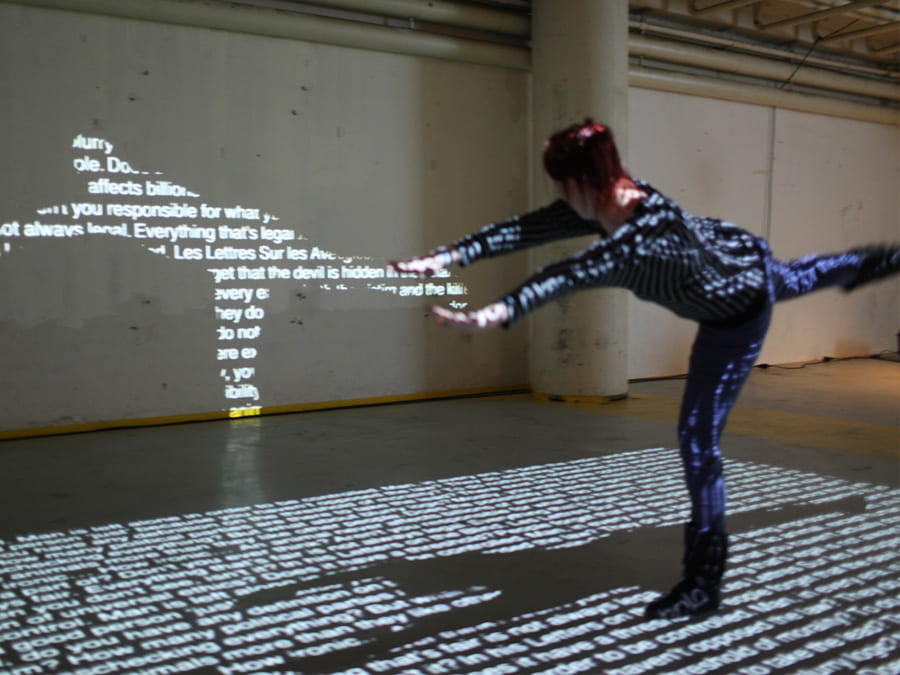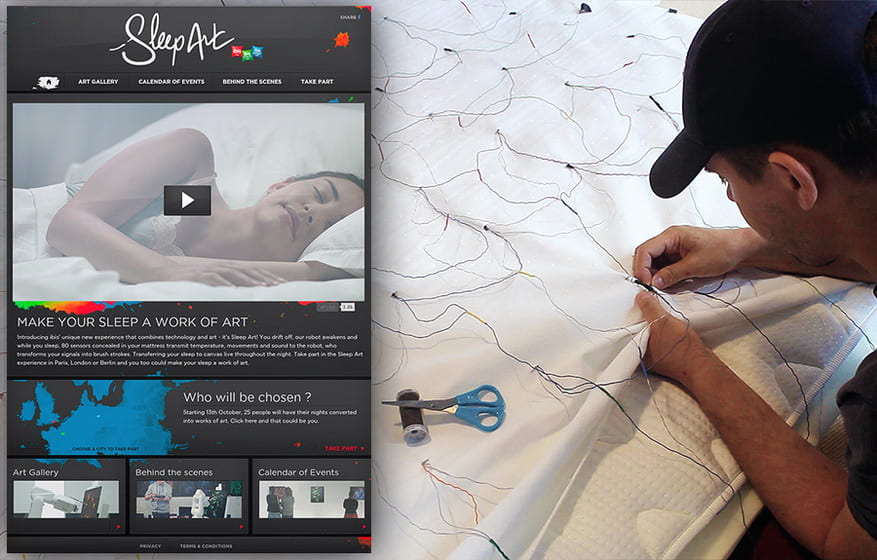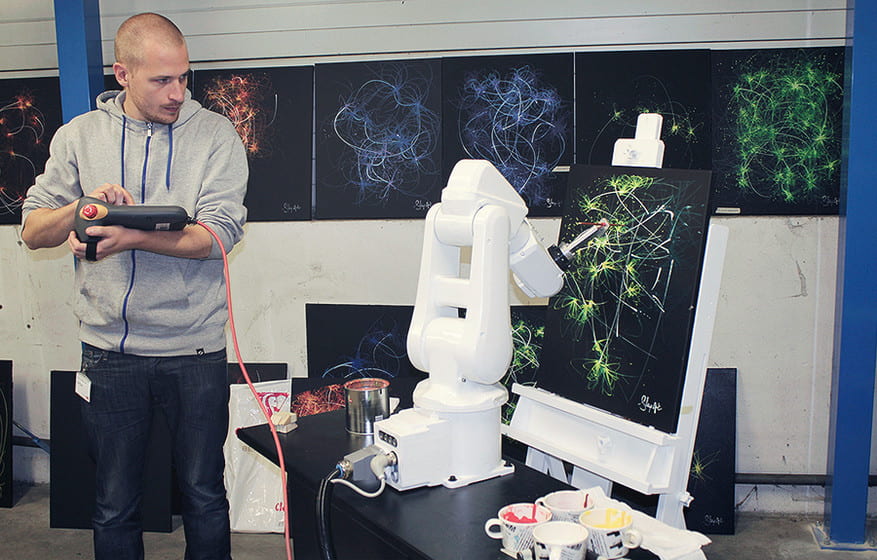During the group and midterm project, I defined interaction as a ” back and forth between the user and the machine … it has to respond to function with its own unique reaction, separate from simply the commands fed into it.” However, now that I’ve had experience not only designing but actually creating an interactive product, my definition of interaction now focuses a lot more on user experience: how does the interaction feel between the user and the technology, and does the interaction have its own autonomy in responding and recalling? User experience is something I felt I neglected in my definition, and I felt that showed with my midterm project, as with the bird the product was technically interactive but the interaction still felt cold and very impersonal. I hope to focus on interaction’s capability for expression more going into the final project.
Looking at the new focus in my definition for interaction, I looked at two projects. One that I thought was super cool was Nota Bene’s In Order to Control. Essentially, there are unique phrases relating to legality and morality projected onto the floor, and when any random person steps on it the art projects a silhouette of that person comprised of the unique words or phrases they are in. It is meant to emphasize how slippery morality and ethics can be, and I feel that it aligns with my new definition of interactivity because the interaction feels meaningful and it feels there is an articulated message. Often, interactivity can feel very meaningless and confusing, it is when there is a purposeful attempt at expression can the interaction feel less robotic.


On the flip side, one project that does not align with my new definition of interaction that would’ve maybe aligned with my old understanding of interaction is “Sleep Art” by Ibis. In this art project a chain of Ibis hotels teamed up with ACNE production and BETC Paris to create a machine that records the data of your snoring and sleep movement and turns them into a painting based on your unique motion. Back during midterms, I would’ve called this interaction because there is a clear communication and response, the response is unique and not a repeatedly inserted command — there is a clear output that is shown through the art. But what does not align is the form and the purpose it takes: the interaction feels ultimately meaningless and confusing because the expression of the interaction is lacking. The machine feels cold and distant from the user, and without a clear and coherent message the painting that is ultimately created feels very random and machine like as well.


Given everything discussed, I would propose my new definition of interaction is a purposeful and well communicated conversation between user and technology. This definition still adheres to Chris Crawford’s “The Art of Interactive Design” understanding of interaction as “a cyclic process in which two actors alternately listen, think, and speak.” But I will, instead of focusing solely on the “cyclical” nature of the process, I believe I will focus more on the “alternate” conversation that goes on between user and machine in interactivity.